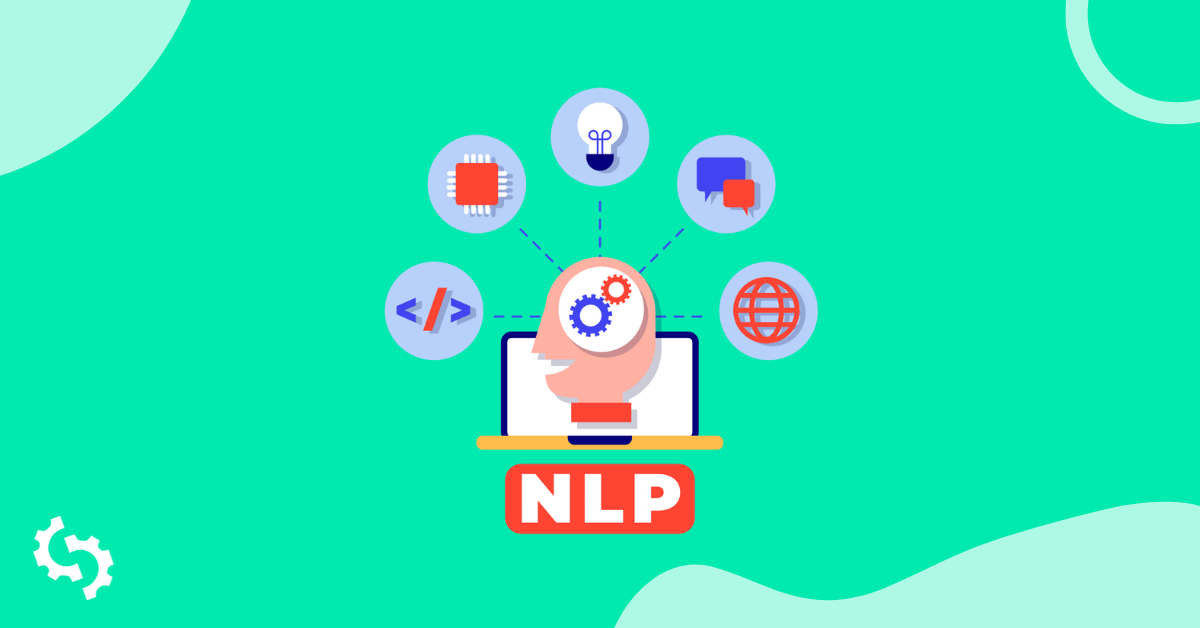
NLP in SEO is a game-changer that helps in boosting the topical relevance score of your webpage for your target keywords. Google is a semantic search engine that uses several machine learning algorithms to analyze large volumes of text in search queries and web pages.
NLP helps Google analyze and extract information and also establish a relationship between words to understand the context of user search queries.
In short, NLP teaches Google how to understand human language.
When you reverse engineer the NLP algorithm to create content and pages focused on the context of a user's search queries, you can improve your SEO.
In this blog post, I will explain how to use NLP in your SEO strategy and content production processes. I'll also share a few real life examples of how NLP works.
What is NLP in SEO?
Google uses BERT (Bidirectional Encoder Representations from Transformers) to understand ambiguous language in text. Unlike past language models, BERT considers the whole context of a sentence instead of individual words.
NLP (Natural Language Processing) refers to the use of AI to comprehend and break down human language to understand what a body of text really means. By using NLP in SEO, you can understand the intent of user queries and create people-first content that accurately matches the searcher’s intent.
How does NLP Work?
NLP works like a brain for computers, helping them understand human language. This technology helps Google understand and decipher human language.
It also helps search engines understand the syntax, semantics, entities, sentiment, and discourse of search queries and website content.
The process starts with a user typing a search query in the Google search bar.
The query could be a question, an assertion, or a combination of keywords.
Then Google's NLP calculations examine the user query. This includes dissecting the query into its parts, figuring out the context, and spotting the user's intent.
BERT is the language model used for NLP calculations.
Before BERT, Google's calculations had difficulty understanding the meaning of words in search queries. BERT changed that by assisting Google in examining words about one another, both before and after a sentence.
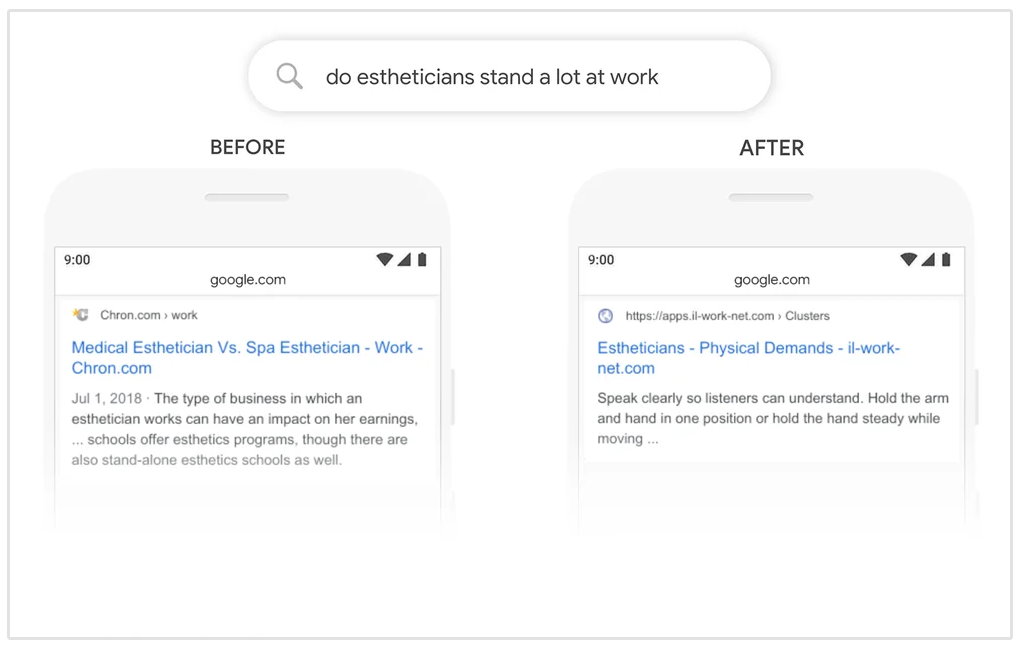
This helped Google grasp the meaning behind search questions, providing more exact and applicable search results. Now, BERT assists Google with understanding language more like people do, further improving users' overall search experience.
Google's calculations perceive entities referenced in the query. Entities can be individuals, places, things, or ideas. Understanding entities assists Google with understanding what the user is looking for more precisely.
Google performs sentiment analysis on the query to measure the user's state of mind or intent. Sentiment analysis in Google's NLP includes evaluating the emotional tone communicated in text, whether it is positive, negative, or neutral.
In some cases, Google categorizes the query into specific points or topics. This assists Google to sort out query items and give a more organized response.
Based on the user query, Google examines it using NLP methods. It then retrieves and ranks relevant site pages from its cloud. These search results are then shown to the user on the web search engine results page (SERP).
Previously, users would make inquiries using short expressions, however with the new advancements like Google's BERT algorithm, users presently input questions using natural language. This shift requires search engines to understand the significance behind questions.
Example of How NLP Works in SEO
Let’s understand how natural language processing works with the help of an example.
Suppose you have a site for selling handcrafted jewelry, and you want to optimize it for search engines. This is how you can do it using NLP:
Understanding User Intent
For example, you want to rank your site for the primary keyword ‘handmade jewelry.’
With NLP, search engines can understand that a user using the search phrase ‘high quality handmade jewelry’ is interested in buying handmade jewelry rather than mass-manufactured items.
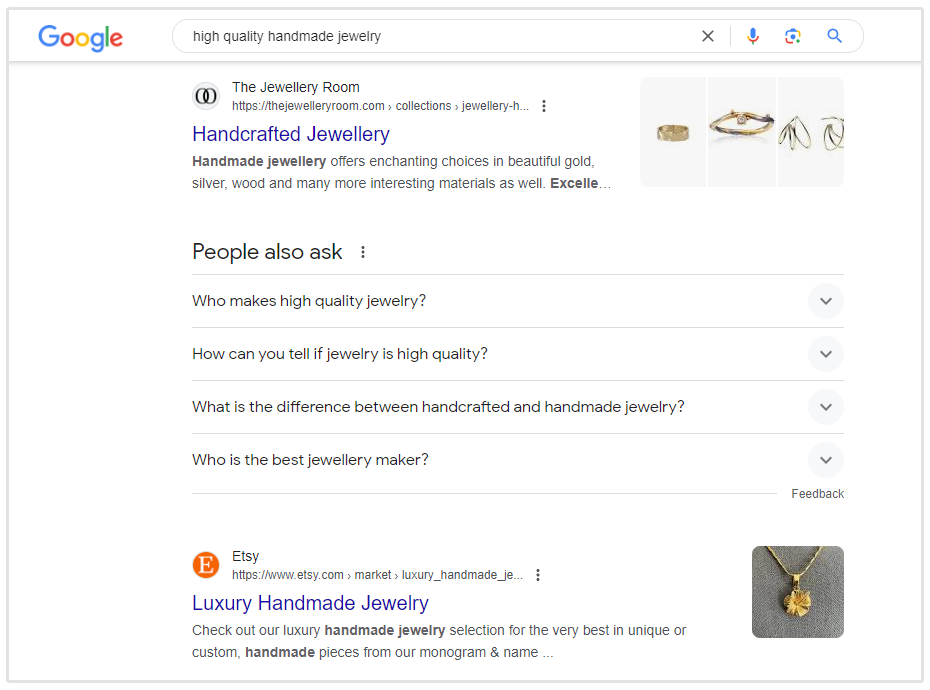
Keyword Analysis
NLP calculations dissect search queries connected with ‘high quality handmade jewelry,’ recognizing important keywords, for example, ‘handcrafted necklaces’ or ‘artisan bracelets.’ Now you need to prepare a list of keywords that match with the primary search intent.
Here, both LSI (latent semantic indexing) and NLP analysis comes into play.
The keyword research process will help you find and create a list of keywords you should include in your content like, ‘textures’, ‘patterns’, ‘artistry’, ‘craftsmanship’, ‘hand-embossed', ‘hand-painted’, 'hand-sculpted’, etc.
You can use tools like SEOptimer to find the most useful keywords for your organic search marketing campaign. The keyword research tool allows users to perform keyword research to find valuable keywords for your content. It provides insights into search volume, competition, SERP results, estimated traffic volume, and estimated CPC.
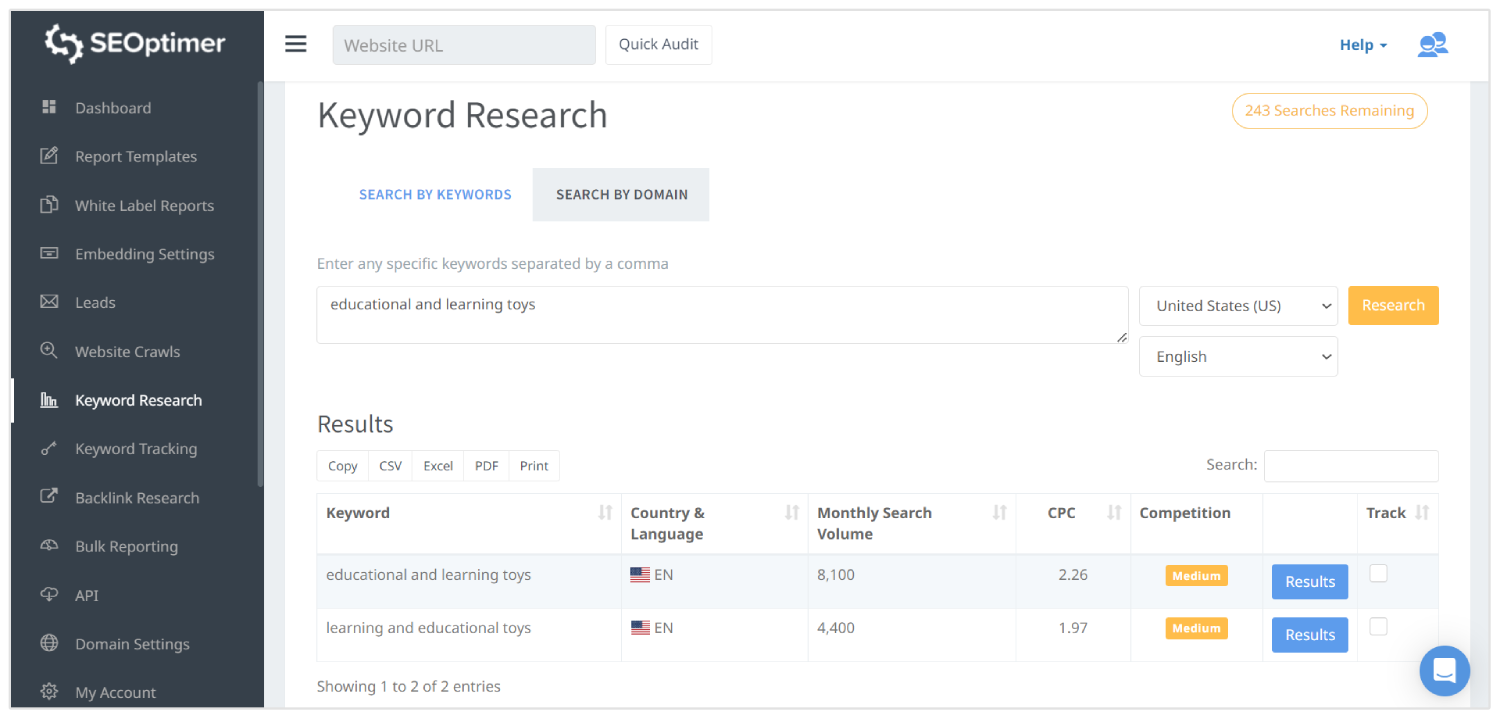
Content Optimization
By performing in-depth keyword research, you now have a set of relevant keywords to include in your content that can boost the NLP analysis score.
For instance, if you want your product descriptions to showcase the craftsmanship and uniqueness of your jewelry, you should include relevant keywords on those pages.
Some of these elements include:
- Craftsmanship Materials (e.g., metals, gemstones, beads, leather)
- Techniques (e.g., soldering, wire wrapping, beading)
- Tools (e.g., pliers, hammers, torches)
- Workshops or studios
- Artisan fairs or markets
- Customization Inspiration sources (e.g., nature, culture, art)
- Quality control
- Pricing and valuation
Semantic Comprehension
NLP in SEO assists search engines with grasping the context and significance of words.
In this way, regardless of whether a user looks for "custom-designed jewelry", search engines can recognize that it's connected with handcrafted jewelry and still show related results.
Featured Snippets
Make sure your site gives significant information about handcrafted jewelry as this will help the search engines to include snippets of your content at the top of search results.
For example, a blog post about how to tell the difference between handmade and mass-produced jewelry could show up as a featured snippet, drawing in additional clicks.
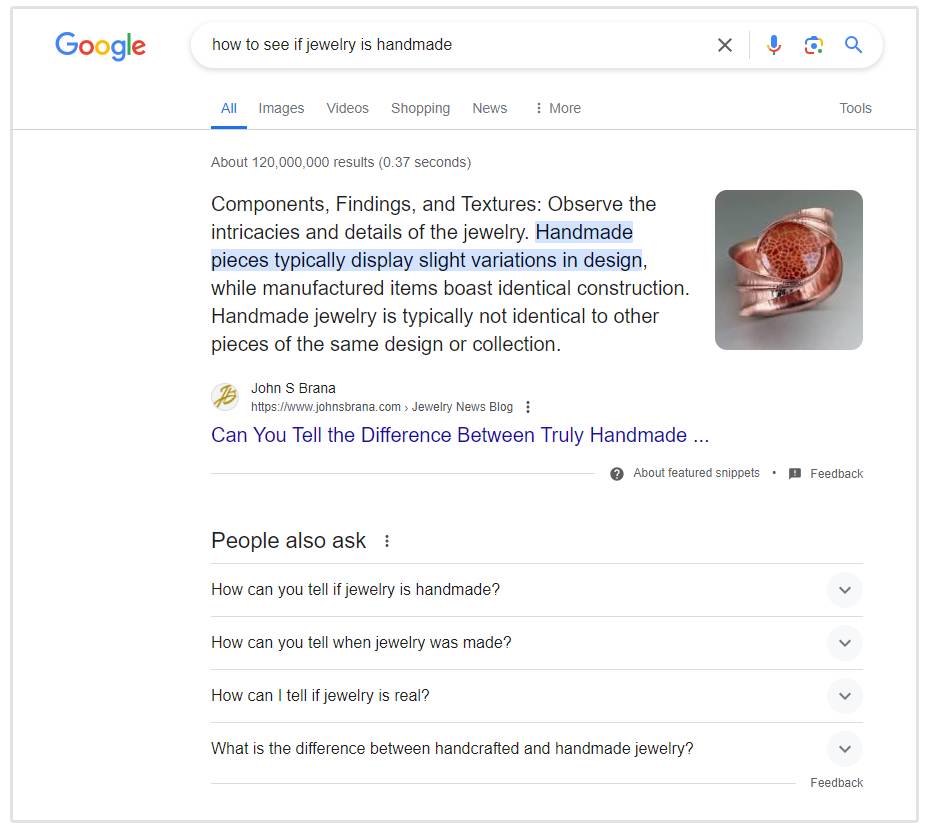
How to Use NLP in Your SEO Strategy
Here are some of the top tips for utilizing Natural Language Processing in your search engine optimization strategy:
Always Write with Search Intent in Mind
Implementing NLP in SEO includes continuously creating content in view of user search intent.
This implies understanding what users are looking for and making content that straightforwardly addresses their needs and questions.
By adjusting your content with search intent, you can further develop visibility and relevance and drive more traffic to your site.
Use NLP calculations to understand the purpose behind user questions. Sort queries into informational, transactional, navigational, or commercial investigation intents in a manner to tailor your content.
Here is how it works:
- Informational Intent: Users look for information or replies to questions. For instance, "Who proposed the big bang theory?", "What is the capital of England?", or “Which are the best AI tools?”
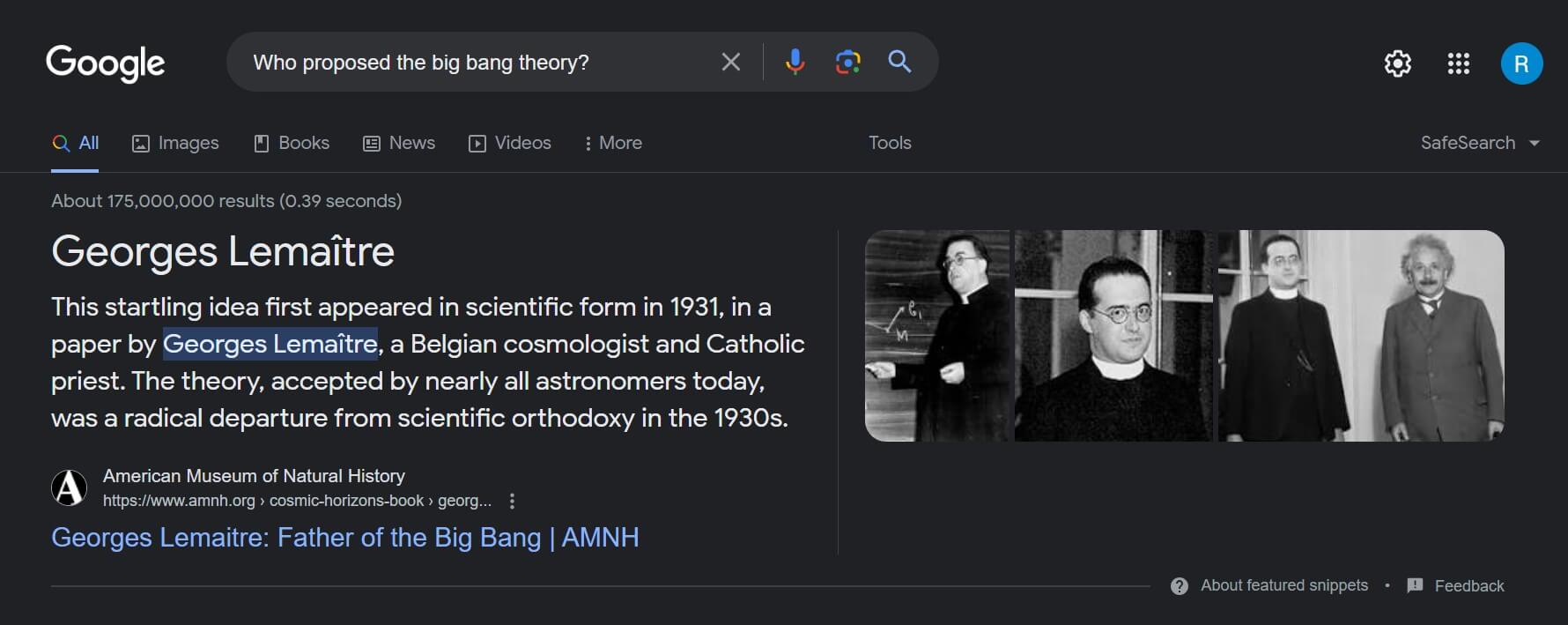
- Navigational Intent: Users are searching for a particular site or website page. For instance, looking for "Facebook login" or "YouTube homepage."
- Commercial Investigation Intent: Users explore items or services before making a purchase. For instance, "best laptops under $1000" or "travel insurance plan comparison."
- Transactional Intent: Users expect to finish a particular activity, like purchasing or booking a service. For instance, "buy running shoes online" or "book a roundtrip to Dubai."
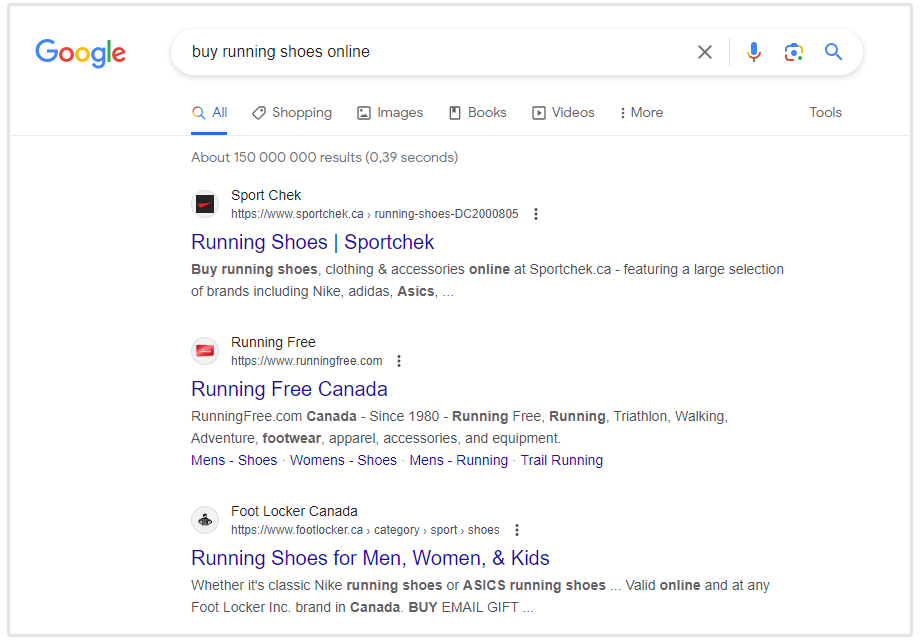
You should always prepare content that matches the searcher’s intent to help it rank higher in organic searches.
Write in a Simple and Clear Way
The next way in which you can use NLP in your SEO is by writing in a way that is easy to understand. By using natural language and addressing user needs directly, you can improve your website's visibility in search results.
Here are some tips to follow:
- Use Active Voice: Write in an active voice to make your sentences clearer and more engaging. For example, "The cat chased the mouse" is more straightforward than "The mouse was chased by the cat."
- Avoid Redundancy: Remove unnecessary words or phrases that don't add value to your message. Keep your writing concise and to the point. Make great content that lines up with user intent and consolidates target keywords naturally.
- Provide Examples: Center around resolving common inquiries, giving significant data, and offering answers to users' concerns. Use examples or analogies to clarify complex concepts and make them more relatable to your audience.
- Add Meta Descriptions: Also, craft relevant meta descriptions to briefly summarize your page's content, which is visible on the search engine results page. These short depictions help users decide the significance of your content to their question.
- Use Visuals: Incorporate visuals such as images, charts, or diagrams to supplement your text and reinforce key points. Choose high-quality illustrations to explain complicated information and to enhance the overall message of your content.
Answer Commonly Asked Questions
NLP works on improving visibility in search snippets by breaking down user questions and recognizing the most significant content to display.
By improving your content with natural language and tending to common user questions, you increase the possibilities of Google choosing your content for Featured Snippets.
Content that responds to specific queries, gives step by step guidelines, or offers brief clarifications is the most appropriate for showing up in snippets with NLP.
By organizing your content in a reasonable and brief way, you increase its possibility of being chosen for featured snippets.
For example, if you are promoting HR management software, you can search with your primary keyword and look at the “People Also Ask” question box to find questions that people commonly ask related to this keyword.
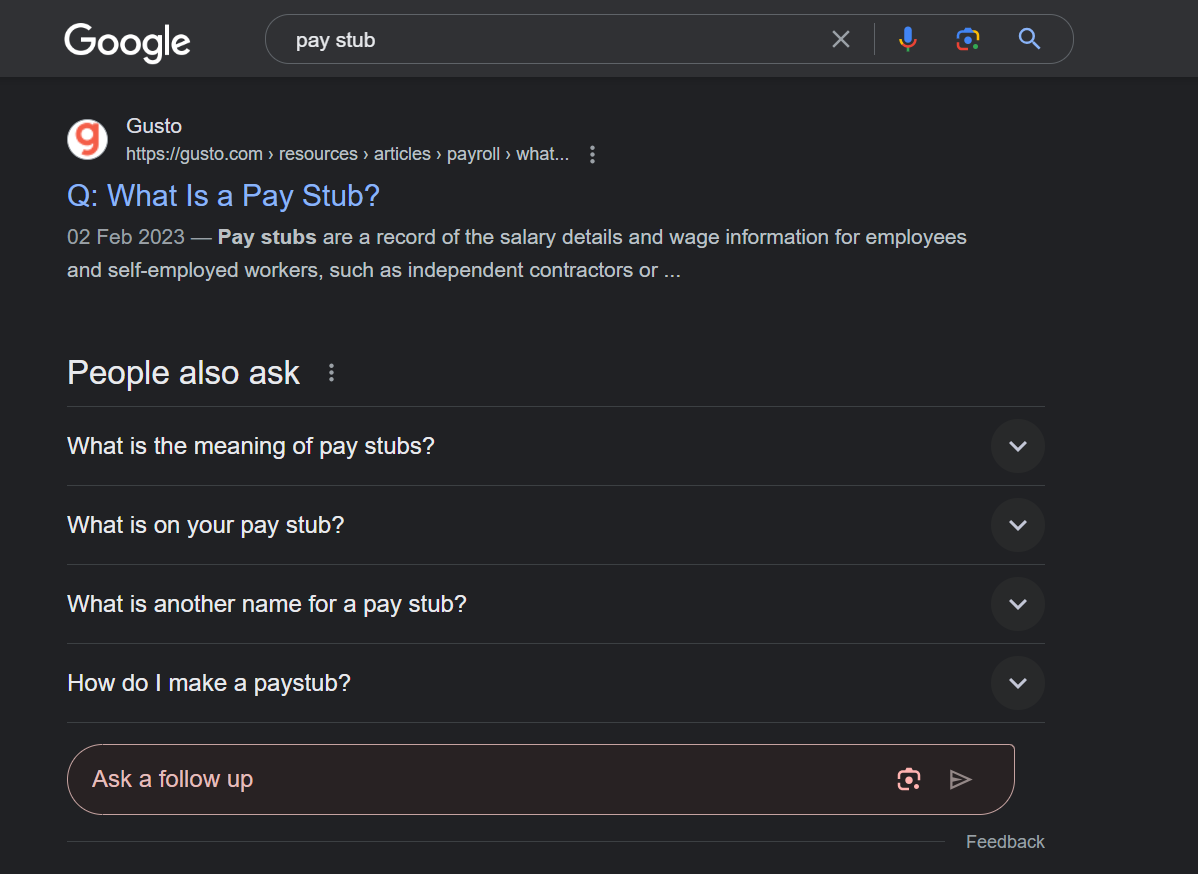
This will help you prepare a list of question-based keywords that can be included in your main content piece as FAQs.
Create Content in a Logical and Structured Way
Understanding who you're writing for (your buyer persona) and what you want to achieve (branding or conversions) will guide your content creation process.
Structure your content to be easily readable by both users and search engine crawlers. This can be done by using headings, bullet points, and clear design to enhance readability.
Use relationship building transitional words to guide readers smoothly from one point to the next. This helps maintain the flow of your content and keeps readers engaged as they move through your piece.
Every section of your content should have an easy-flowing heading, separating the text into subsections.
Use natural language all through your content to make it more easy to understand and lined up with how people search. Stay away from keyword stuffing and spotlight on giving significant information that addresses the user's enquiries.
Backup your points with evidence, examples, statistics, or anecdotes to add credibility and depth to your content. Make sure to cite your sources if you're referencing external information.
Build Topic Clusters
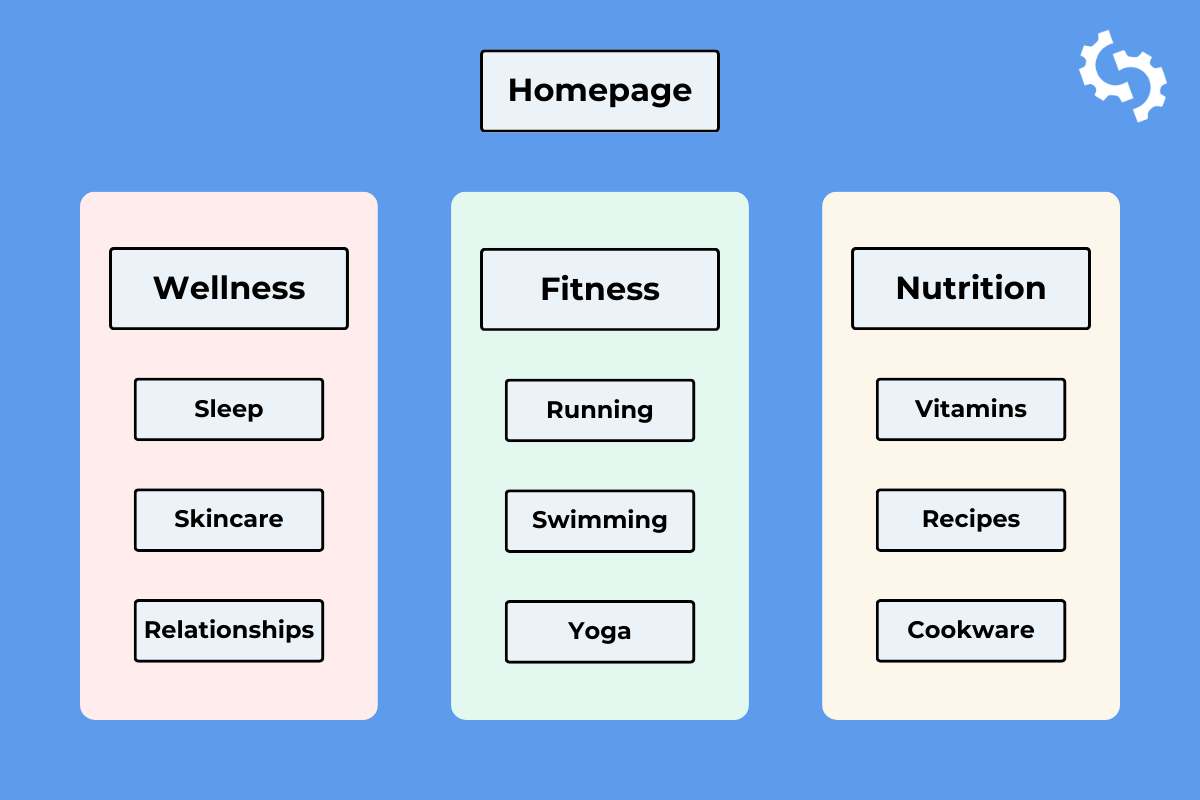
Begin by identifying the core concepts and subtopics that you want to cover.
Develop comprehensive, in-depth content pieces (pillar content) that serve as the cornerstone for each core concept. These pieces should cover the topic broadly and provide a solid foundation for more specific subtopics.
Break down each core concept into specific subtopics or aspects that you can explore in more detail. These subtopics should be closely related to the main theme but offer a narrower focus.
Develop content pieces (cluster content) that dive deeper into each subtopic. These could include blog posts, articles, case studies, tutorials, or other formats that provide valuable insights and information.
Use Structured Data
Structured data plays a crucial role in the Semantic Web, where information is organized in a way that facilitates machine understanding and interoperability.
By adhering to semantic standards such as RDF (Resource Description Framework) and OWL (Web Ontology Language), structured data can enable more sophisticated NLP applications that can reason and infer meaning from data.
Structured data can be used to identify entities mentioned within text, such as people, organizations, locations, dates, and more.
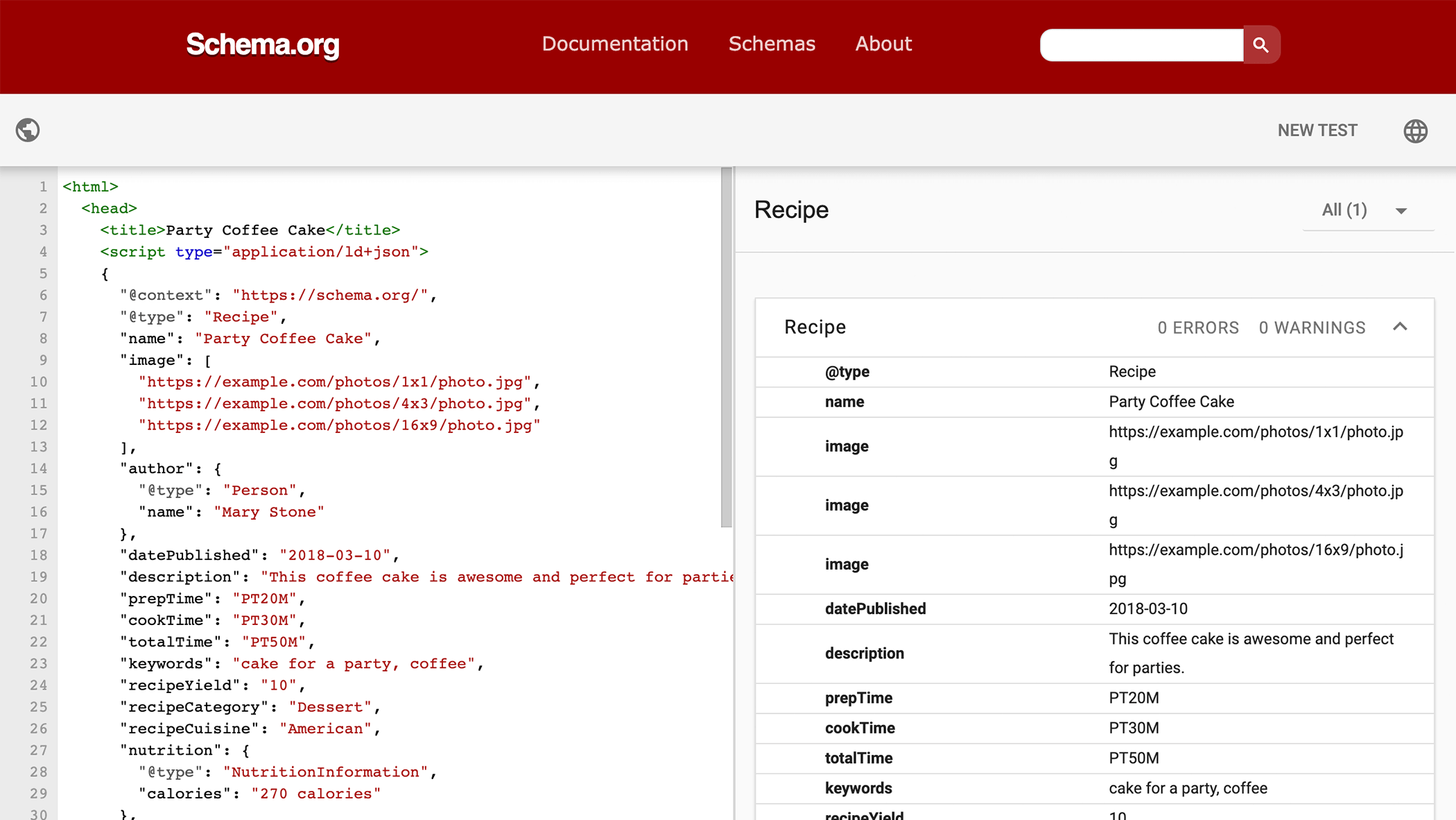
By tagging these entities with structured data markup, NLP systems can better understand the relationships between different entities and extract valuable insights from the text.
Structured data, such as schema markup, empowers websites to offer search engines added context about their content. This includes diverse information like contact details, pricing, customer reviews, service offerings, and more, enriching search results and enhancing user experience.
Optimize for Voice Search
Voice search is a pivotal aspect of SEO in today's digital landscape, given the rising prevalence of voice-activated assistants such as Siri, Alexa, and Google Assistant.
To enhance visibility in voice search results, you should integrate strategies such as incorporating long-tail keywords and adopting conversational language.
By aligning with the natural language patterns of voice search users, you can position your website favorably to capture the growing audience engaging with voice-activated search technologies.
Use Internal Linking
Implement internal linking inside your content to connect related topics. Link to other important pages on your site utilizing descriptive anchor text to help search engines look through the context of the content you post.
Relevant internal linking helps with the flow of information, aiding in tasks such as document summarization, question answering, and sentiment analysis by establishing connections between relevant concepts or entities across different documents or data sources.
FAQs
What tools can I use for NLP SEO?
You can use tools like SEOptimer for keyword research and the Hemingway App for readability improvement.
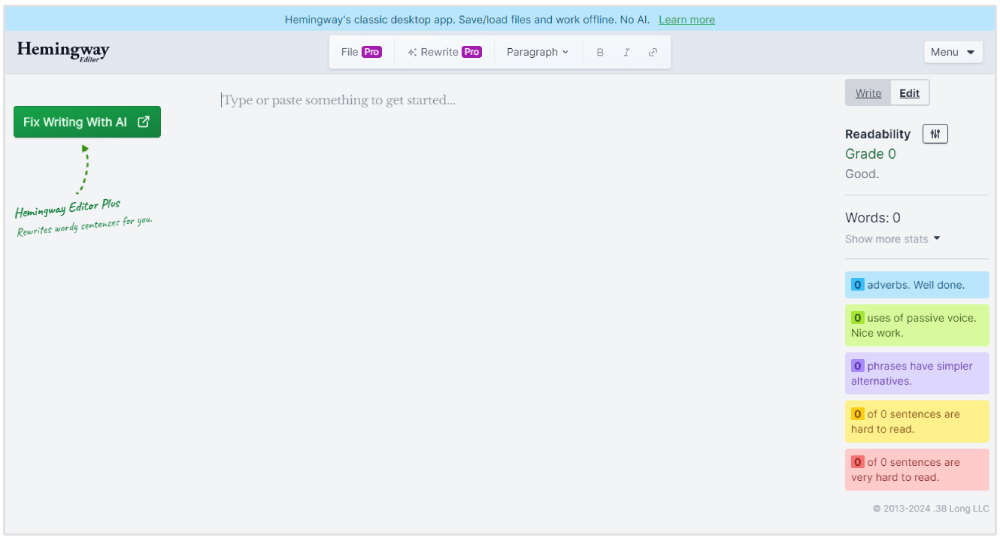
Is NLP SEO important for my website?
With the increasing prevalence of voice search devices and virtual assistants, optimizing your content for natural language queries is essential. NLP helps in understanding conversational language patterns, allowing you to tailor your content to match how people speak and ask questions verbally.
How is NLP SEO different from traditional SEO?
NLP SEO differs from traditional SEO in its approach to understanding and optimizing content for search engines.
While traditional SEO focuses primarily on keywords and technical elements like meta tags and backlinks, NLP SEO emphasizes the semantic meaning of words and phrases, user intent, and natural language patterns.
By leveraging NLP techniques such as semantic analysis, entity recognition, and sentiment analysis, NLP SEO aims to create content that not only matches specific search queries but also aligns with the context and intent behind those queries, ultimately delivering a more relevant and satisfying search experience for users.
Conclusion
NLP SEO is fundamental for website owners to understand. With natural language processing procedures, sites can optimize content, improve user experience, and improve their visibility in search engine results pages.
With the ascent of voice search and the development of search engine algorithms, adding NLP into your SEO strategy is critical for remaining competitive in the advanced digital landscape.










